Pivots, Patterns, and Intraday Swing Trades: Derivatives Analysis with the E-mini and Russell Futures Contracts
$22.80
| Author(s) | |
|---|---|
| Format |
|
| Pages |
238 |
| Publication Year |
2014 |
Pivots, Patterns, and Intraday Swing Trades filled with detailed technical models, this reliable resource skillfully utilizes innovative methodologies for trend discovery and trade entry in mini-stock index futures markets. It offers a fresh approach to understanding and capitalizing on market volatility, allowing you to sort out the apparent chaos of the day trading environment through codified and recognizable trade entry setups.
Author’s Introduction:
A useful propensity toward trend analysis was already working for me when I approached day trading—that of pattern recognition. What was
needed to crack the code of intraday trend disguise was to see the process of pattern recognition in broader terms than just visual price formation.
What was needed was an expanded understanding of pattern recognition to include other concepts in market behavior, concepts of technical event minutia, including time of day and relative price position, especially those happening in tandem. From such concepts, models were derived, and with models, the activity of an otherwise indecipherable and random-looking day could be matched to one or more of a limited number of codified categories, each replete with its own setups.
The application of this broader definition of pattern recognition is particularly well adapted to the shorter time frames, where the decision environment requires quick response. When Adrian De Groot, a psychologist working in the 1960s, studied the differences between chess players, he discovered that the grandmasters recognized familiar configurations and visual patterns to assess game progress and decipher board strategy; they did not rely on mathematics, statistics, or remarkable memory skills. How else could a single player manage to play dozens of games simultaneously, going from board to board with near immediate response!
The focus of this book is day trading in the shorter time frames of the stock index futures contracts, with techniques that are anything but mechanical scalping. With conceptual event models and their accompanying rules, the intent is to convey a set of tools by which the major intraday swing trends can be identified quickly, and often at the very turning points where they begin.
Contents:
- A Three-Frame Day
- Opening Range Bar
- Pivot/Exhaustion Grid
- Dough Bar to Die Bar
- Leadership Divergence
- The Work-Done Concept
- Trading the News
- Persistent Trend Day
- Test-and-Reject Day
- The Split-Open Day
- Day Model Sequence Cycle
- The Momentum Grid
- Pre-Breakout Pause Pattern
- The Classics Revisited
- MA Pattern Concepts
- Transition Time Reversals
- Trade Entry Models
- The Trade Plan
Pivots, Patterns, and Intraday Swing Trades: Derivatives Analysis with the E-mini and Russell Futures Contracts By M. William Scheier pdf
30 reviews for Pivots, Patterns, and Intraday Swing Trades: Derivatives Analysis with the E-mini and Russell Futures Contracts
Clear filtersOnly logged in customers who have purchased this product may leave a review.

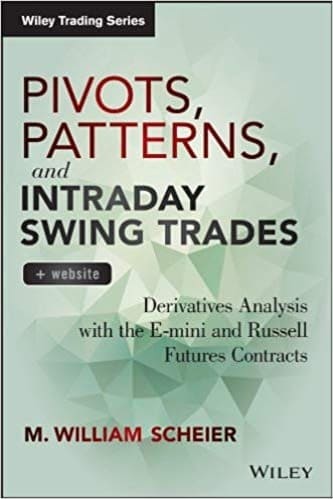

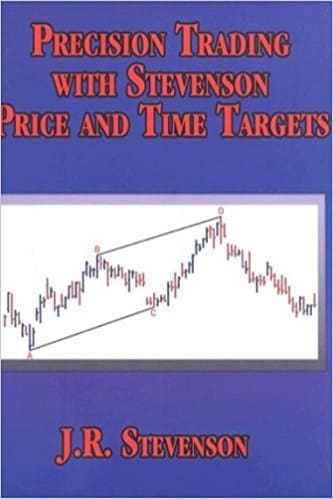
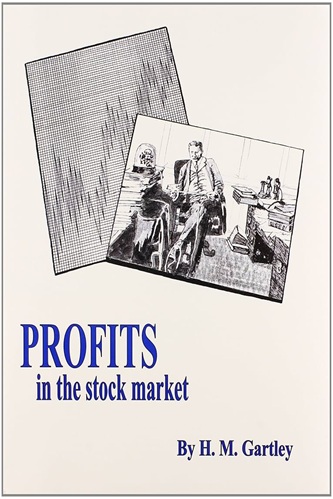

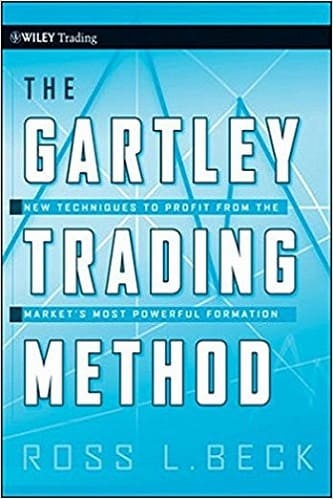
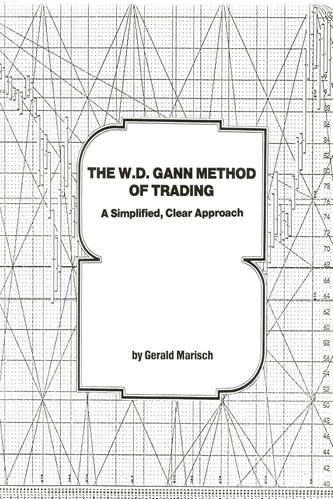
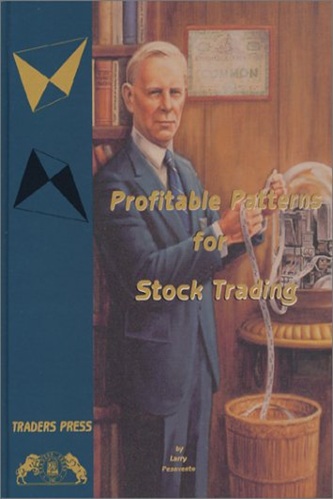
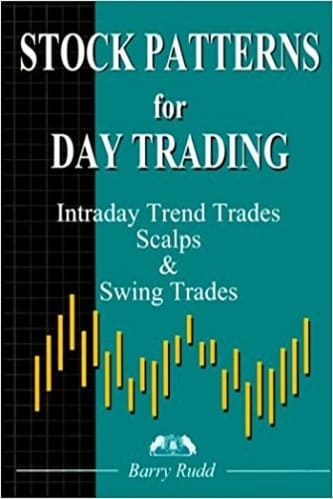
Orlando Rowe (verified owner) –
IMHO good book about old school trading methods , lacks in examples at entry and exit into a trade .
Anakin Compton (verified owner) –
I bought this when I was trading futures almost daily but now that I don’t I never finished the book. The charts in this book can be somewhat hard to read.
Della York (verified owner) –
I would highly recommend this book.
Matilda Sparks (verified owner) –
Real valuable examples, not the usual book fulfilled with pointless theory.
Rayna Morales (verified owner) –
Very helpful from someone who trades for a living instead of sales and marketing for a living.
Raymond McDowell (verified owner) –
Here is another Futures trading book being sold by another guy that operates another Futures trading room/subscription service. The author stresses the fact that you should trade 1 minute bars off of ORB breakouts; Now, how many retail traders trade 1 min bars?…I doubt many…How many retail traders can trade 1 min bars without getting their bankroll eaten up by commissions, taxes, etc…The author ridicules Market Profile calling it a “soft” strategy and says that Elliot Wave day trading is questionable…While I partially agree with the Elliot Wave theory, the author fails to tell the public that one of the best day trading strategies is Fibonacci pivot points with Jackson zone probabilities…Maybe, just maybe, I would give the author credit for some of his opinions and methods but most of the methods he discusses in the book can be studied online and in Youtube for free!(LOL)…Does the author document any of his trades or trading setups for validity?…You already know the answer to that; Furthermore, has he backtested any of his trading setup theories?….I knew this book was going to be disappointing when the author reviews moving average and head and shoulder patterns(BARF)…So save your hard earned dollars and put it to more practical use
Alaina Payne (verified owner) –
I have been trading for over 20 years. I have been a member of Will’s Valhalla Futures trade room since March, 2014. This book came with lifetime membership. In my opinion, this book is the best on the market for understanding patterns and intraday swings. His Serial Sequent method of recognizing market turning points has brought me more profits than any other method that I have ever traded. Will is not only unquestionably one of the best traders around, he is also one of the best mentors. He cares deeply about the success of each of his students, and will go out of the way to help anyone reach their trading goals.
Melvin Crane (verified owner) –
good
Remi Flowers (verified owner) –
From experience trader and top 20 mentor in America this book need time to read and practice.
Not for newbie.
Jakari Casey (verified owner) –
Well written, good logic, author has made a good effort to get helpful information.
Will probably buy more from this author.
Naya Avery (verified owner) –
awesome book for someone that wants 4 points on the TF ever day, with only 2 hours trading in the morning.
Opal Eaton (verified owner) –
Best for trader who want to make profit, especialy intraday trader. Reduce chance to loss and gain more. Recommend to serious trader.
Drake Grant (verified owner) –
I have started reading the book for the second time. I recommend anyone day trading the index futures to READ THIS BOOK………………….
Kensley Conway (verified owner) –
Very good book. Can be used on the SPY too.
Valeria Wilkerson (verified owner) –
Fresh perspective on Futures trading.
Aaron Dickerson (verified owner) –
Great information and alternative but real life views of the market action. Lots of good observations and helpful tidbits. Yes he does push his website and classes, but very lightly and the books is plenty informative to stand on its own.
Paityn Watts (verified owner) –
has some very interesting concepts..especially the opening range area..never thought of that range,which backtests well.. well worth the price of the book
Ariya Cantu (verified owner) –
Good book on price action trading. The only thing I would like to see different is larger charts. The times mentioned by the author for trend checks and change seem to be pretty accurate.
Edward Terrell (verified owner) –
There are few valid truths about the index futures market action and trading. No statistical data. No validation. Most of the book is just going through chart shapes on specific days in the past so that once you end up with such shape at the end of your trading day on a random day in the future you might say: “I remember this one- I read about it in a book”. Besides it is just directing you from the book to some of the authors commercial website. I feel cheated with the amount spent to get this little.
Casen Thomas (verified owner) –
I read this book and I have taken the course. Both are excellent. I have read many other trading books. I would rank this among the best. Will uses discussions of moving averages/ head and shoulders patterns/ etc. to help you understand market structure. He emphasizes that such information should only be used to trade as part of a specific trade plan not in isolation. This core lesson of the book is applicable to all traders. This is an important book for anyone looking to day trade and I wouldn’t trade futures with out reading this first.
Kai Kemp (verified owner) –
Excellent book full of unique insights for those who want to trade intraday index futures. The book supplemented the ValhallaFutures course I took in 2014, Took 2 years to get to this point while I retained my day job, but recently I have been able to string together 20 winning days in a row utilizing his methods. I’ve learned to enter into exhaustion zones, which Will’s Serial Sequent method identifies in advance, and am now able to get order fills that would have seemed impossible in the past. And here’s the kicker you can’t find in any book… all the time Will spends mentoring those that sincerely want to learn. Great guy, great book.
Sylvia Rosas (verified owner) –
Mr Scheier is actually a day trader. This is a surprise since many authors write books on trading as a Doctoral candidate writes a dissertation!
The author of this book understands that trading and analysis are different. He writes “the novice trader wants logic.But the market is not driven by logic”. There is practical advice – “I don’t allow myself more than three losing trades a day”.
There are interesting ideas on the building of a Pivot/Exhaustion grid. The grid becomes a basis for intra-day decisions. He discusses a number of classical ‘old world’ technical analysis techniques and applies them to day trading. This makes a lot of sense to me, since I am not a fan of exotic concepts. basic analysis (old world in his words), make the best case for use as trading tools.
Leighton Webster (verified owner) –
This book and the course I took with Will was well worth the money. I’ve become a consistently profitable trader from the insights and wisdom Will shares. It takes work and time to absorb the material and to place into practice all the concepts, strategies and tactics that are required but for the diligent and determined it is worth the investment. Reading the book is important to establish the basics but I also recommend taking the course because you’ll learn so much more. If you are half hearted about becoming a trader or already successful don’t waste your time or money, but if you are serious Will Scheier can take your trading to another level.
Carmelo Hess (verified owner) –
Just as much harmful advise as good. General concepts such as having a plan is good advice but nothing new. Relying on time/type of day analysis and lagging indicators in today’s markets is unreliable. His ideas on the most relevant validity indicator, VOLUME, is not even mentioned! Save your money.
Erik Chen (verified owner) –
I love Will’s approach and this book is excellent! I’ve traded for decades and I’ve studied the markets the whole time and Will is the first Trader/Teacher that I really resonate with. I recommend this book highly! You can tell Will must of had an excellent mentor and floor trading experience, and he just lays it out like it is. No fluff. His methods are grounded and evolved out of what works. This book will go beyond mere information, theory or fad indicators methods, This book is not about just information, it’s really about insights. . I felt like a light bulb went on after I came in contact with his work. If you are a serious trader, especially a futures trader you’ll want to have this book in your library.
Bruno McCall (verified owner) –
The book is well-written and informative. However, I would recommend limiting your engagement to just buying the text. After reading the book I dropped a message to Valhalla Futures to ask a somewhat straightforward question about Will’s indicators. The first response I received, from Will himself, sought to confirm my motivation for even asking the question. When this was duly confirmed a second response from him was oozing with condescension and smug superiority. He being keen to tell me how poorly conceived my question was. Perhaps the tone of a guru talking down to a hapless neophyte trader is intended to set the stage for a person to then buy the author’s training course. However, to me the behavior simply came across as boorish, arrogant and lacking civility. (I would contrast Will’s behavior with the far more professional Barry Taylor at E-mini Watch). So take what you find useful from the text but I can’t recommend engagement with the author beyond this.
Dakota Melendez (verified owner) –
Having purchased several books and courses over the years for trading. I can honestly say this is one of the best books and courses available at a very reasonable price. Will will help you become a successful trader if you are willing to put the work and time into developing your plan. Trading is not easy but with this book and course it will save one a lot of time and money. Will trades live everyday and calls his trades in advance which very few trade rooms can say they do. Will has several years of trade results posted on his web site. I have followed Will for over 6 months and he is a very good profitable trader. Just check out his results. I feel lucky to have found Will who was listed in one of Dean Handley’s articles.
Leandro Moon (verified owner) –
Good explanations. But for better understanding read Ochoa as well
Elizabeth Pearson (verified owner) –
The reader must have understanding of technical analysis to better understand the book because it is intended for more experienced traders. The book provides interesting techniques to approach the trading day, dissecting the trading day into 3 sections, each one with a unique personality. The author also explains different support and resistance levels to form a pivot / exhaustion grid that can influence price and how it might react to it. There is thorough analysis of a how a trading day could behave like based on previous days whether they were trending or range bound. These are just a handful of aspects that I mention but there are many other elements in the book that should allow the reader to face a trading day with more confidence and understanding. The book ends with a blueprint for a trade plan, which is key to any success in trading.
Kaliyah Schneider (verified owner) –
This is a nuts and bolts book, and provides a detailed blueprint of one method for intraday trading. Will trades live each morning using this one method. He post his trades BEFORE taking them., and you can follow the trade from beginning to end. It’s all live with no way to cook the books. He trades only one way and he does it well. I have never meet a more consistently profitable trader. I am a moderately experience swing trader in stocks and was looking for a consistently profitable method of day trading futures. I took Will’s course after reading his book and am very glad I did. His “Serial Sequent Wave Method” brings everything you learned in the book into a complete trading package. The course has a one time fee with a lifetime membership to his trading board. I have been a student for four months and have found him to be a mentor, not another trading course salesman. No up sales, no monthly fees, no other courses to buy, and no refund.
Now here’s the catch… This is not a weekend trading book. Hard work and commitment is required for success. He will insist that you submit a trading plan if he is to mentor you after completing his course. Will is very direct in his critique of your progress and does not coddle bruised egos. However, his student group is very small and I have found him to be truly committed to my development as an intraday futures trader.